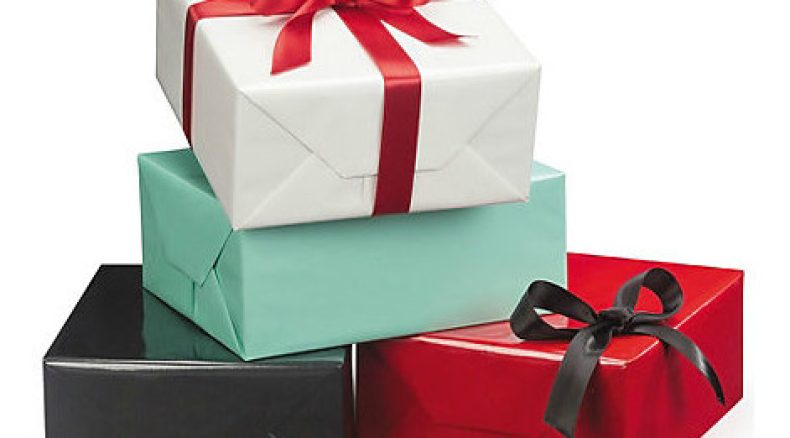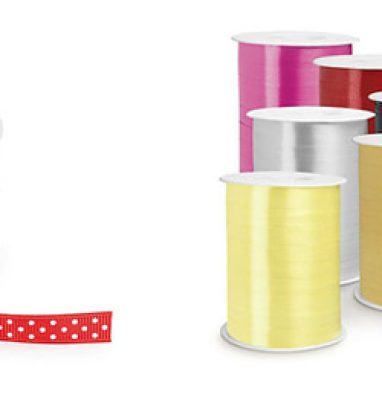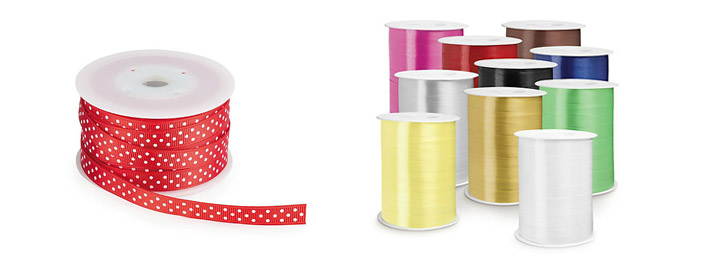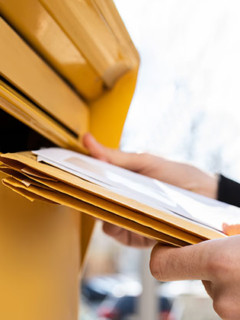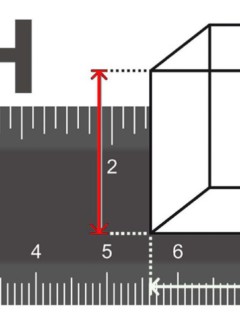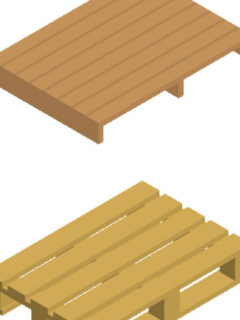In most cases, padding protection belongs in the package. This is the opinion of those who send the goods and want to save themselves expensive complaints, returns, repairs and re-shipping. But there are also those who receive the goods and rely on flawless quality and perfect condition. Last but not least, those who transport goods and know that the logistics industry is not a petting zoo.
“Everyone who sends, transports or receives parcels thinks that cushioning is indispensable.
The debate about how and with what cushioning should ideally be used is all the more passionate at the moment. And quite rightly so, since cushioning material is usually disposed of in the trash after one use.
Paper or plastic?
As much as we would like to give a universal answer to this key question of our customers – we don’t have it. Paper, which is more environmentally friendly in the minds of many consumers, has decisive advantages: It is a renewable raw material and, at least in Germany, is recycled for the most part. However, it is not free of disadvantages and – of course – also has negative effects on the environment.
More on the advantages and disadvantages of paper and air cushioning
As things stand, there is no single, universally valid recommendation. None of the materials fulfils all the criteria for sustainability. We do the environment the biggest favour by taking a very close look. With each of our customers. Because upholstery protection can be optimised in many cases.
Two world views, but ONE world
It’s also clear that if you talk to our suppliers of paper cushioning, they put forward different arguments than our suppliers of (air cushion) film. But they all agree on two essential points: Good cushioning protection offers safe protection for the product and has the least possible impact on nature and the environment.
And here it is worthwhile to look at the matter as a whole:
- Which material protects my product reliably? How heavy is it, does it have sharp edges?
- How much material do I use per package – in volume of paper and in volume of film?
- How much energy is consumed in the production process?
- How much CO² is released during production?
- Is the material recyclable? And, just as important, is it recycled in practice?
- How many life cycles are possible? How often can paper be recycled, how often, for example, can PE film be recycled?
And concretely? How do industry and trade react?
The topic is Sustainable packaging not new. And film manufacturers and film processors have long recognised the urgency to act, not least due to public pressure and falling demand. There are quite different approaches. But here, too, those responsible are honest enough to admit: There is not yet one universal, perfect and “industry-ready” solution (see also: Bioplastics: Greenwashing or truly organic?). But some of the approaches are promising. And retailers and manufacturers alike are working flat out on the feasibility of various solutions. After all, “big business” is also in the air here: whoever presents a practicable solution first will also get a chance…
Whoever presents a practical solution first does the business...
The solution approaches at Flöter
At Flöter, a supplier of air bubble films and air bubble machines, for example, the problem is not with the plastic itself, but with the recycling process. Currently, many recyclable raw materials still end up in waste incineration (energy recovery). For example, because end consumers and waste sorting plants are not at all prepared to deal with bio-film, see below.
Flöter himself pursues these four approaches:
1 Reduce wall thickness:
Films with a low µ-thickness, i.e. less thick films, are suitable for many applications. Starting from the standard thickness of 20µ, Flöter has found processes to produce durable films in 15µ, 12µ or even 8µ. Of course, these films are not suitable for heavy-duty applications, where the heavy-duty film with a µ-thickness of 26µ is used.
2Bio-film:
The bio films are made of potato starch (35%) and PBAT (65%). It is important to the manufacturer that no corn starch is used, as this is very often genetically modified.

3Paper pads:
Made predominantly from 85% recycled paper, the air cushion chain is a clear statement on sustainability. The ultra-thin foil sealing layer made of compostable bio-film reliably keeps the air in the cushions, while the paper as the carrier material provides stability and support. The Resy Symbol certification is particularly interesting: the product can be disposed of via waste paper, the entire composite is biodegradable. And: both the paper and the film used are Home OK certified. As an alternative to paper air posters, you can also buy corrugated cardboard from RAJA. This is also ideal for protecting and cushioning your products and is recyclable.
4 Climate neutral films:
These films are made from approx. 53% recycled material. That alone is a plus point: because even the best and most effective recycling is only worthwhile if the materials obtained from it are also used! HDPE is used for the “remaining” 47%. With the help of Climate Partner, the CO² emissions from production are offset by climate protection projects, currently a reforestation project in Brazil. The result: a 100% climate-neutral film.
Rethinking pays off
Many other solutions are currently being developed, refined and tested. Similar to Floeter with the PaperWave®-Bio, many solutions are close to being ready for the market. Some are proving impractical in practice, some need broad demand to be produced and offered at competitive prices at all. Public pressure and the power of the consumer have, welcome, brought a lot of movement into the matter. Read about RAJA’s approaches to sustainability here: The future of e-commerce packaging is green!











